It is invaluable for me as an Interior Designer to invest time in learning and growing from others, and last months Wow House Exhibition in Chelsea offered a wealth of inspiration.
Sat within the walls of the Design Centre in Chelsea Harbour, sat an installation of 19 full-size rooms, individually created by some of the world’s leading interior designers. This was the third year the event has run, with each new year bringing new names, new ideas, and delights.
The whole affair is an immersive experience, with sounds, smells, and a feast for the eyes over every threshold. Walking into the rooms, I aimed to understand the story behind the spaces, the themes, threads and emerging trends
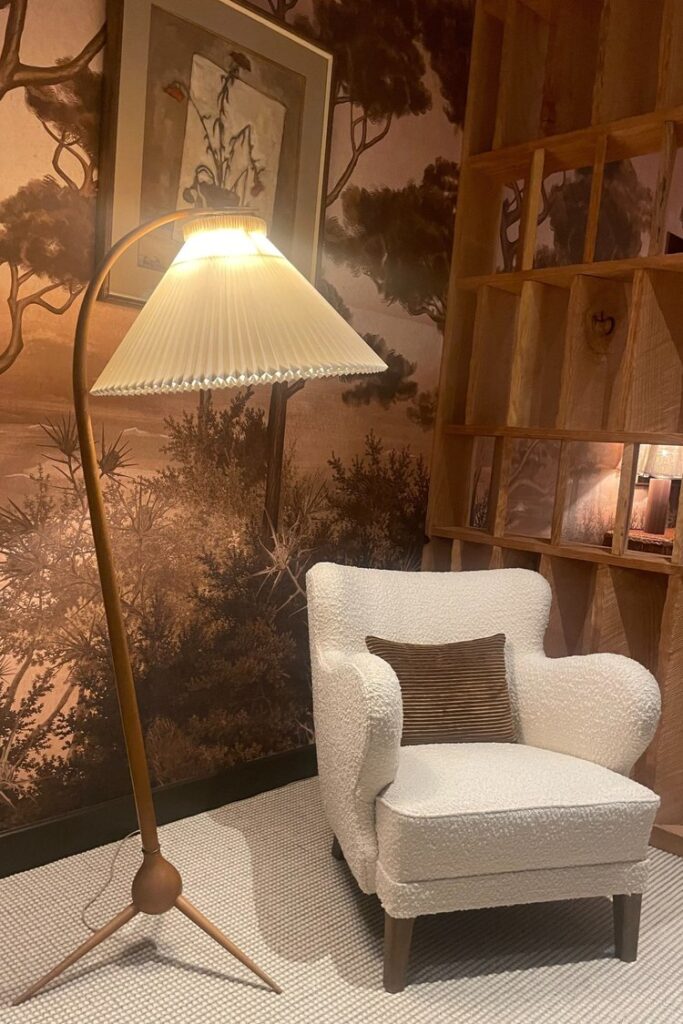
The Dining Space: Suzy Hoodless
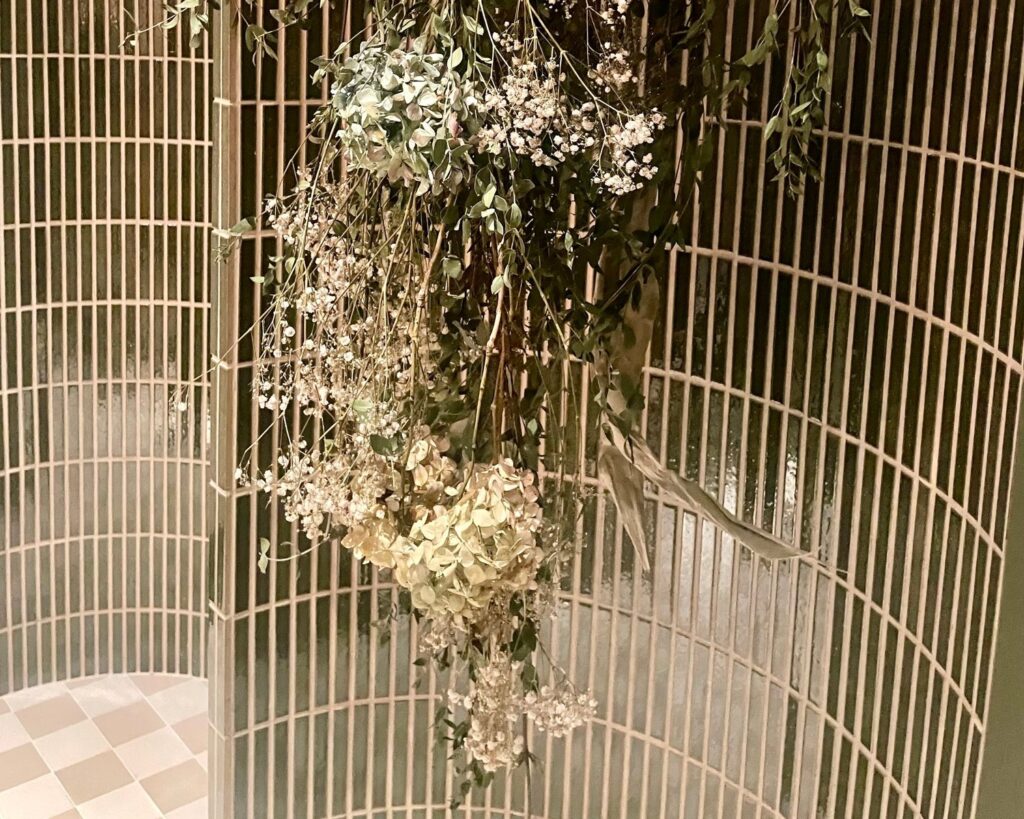
House of Rohl – Primary Bathroom – Michaelis Boyd
I visited the space twice this year, and it was indeed a “wow” journey. Yet, looking around the rooms, I found myself asking: what are the takeaways for me and for the average person designing their residential home? What trends am I seeing, and what principles can we extract from the space? Below are a few thoughts from me.
Remember the Fifth Wall:
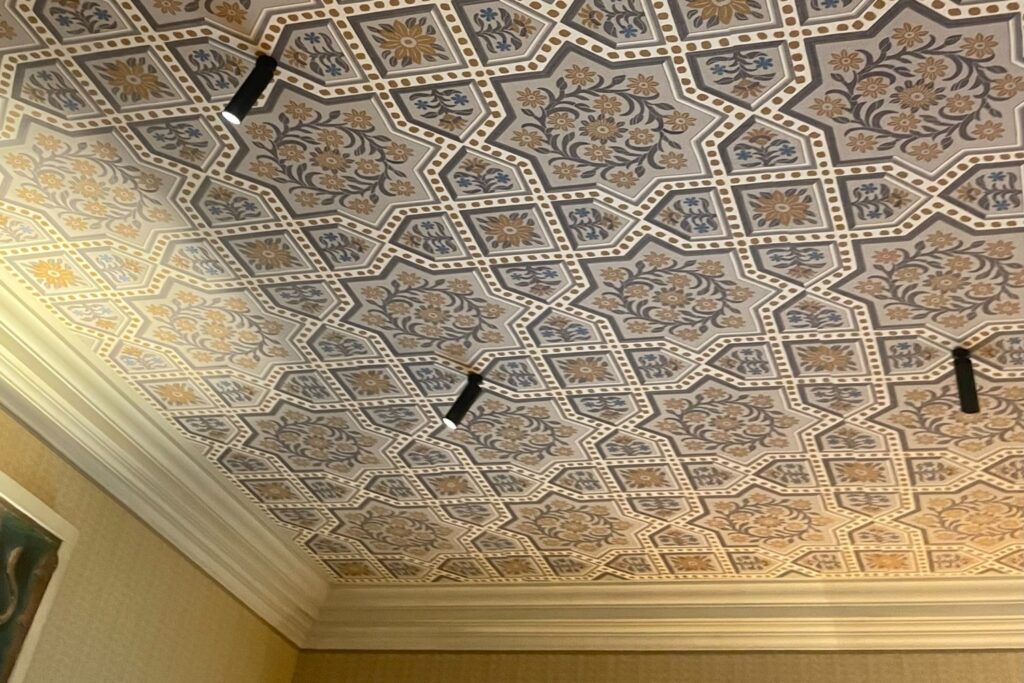
The Ceiling – Tissus D’ Helene – Drawing Room – Guy Goodfellow
Throughout history, people have considered the ceiling with varying interest. The Greeks and Romans adorned theirs with incredible paintings and frescoes, as did the later Renaissance designers. Medieval designers favoured internal architectural features, installing vaulting and ribs. Whilst in later Victorian and Georgian times, moulding, plasterwork, cornices, and further details became the fashion.
As the simplicity of modern design came into fashion. we stripped our ceilings bare, but decor details are making a comeback!
When considering your ceilings, think about how you could use colour, mouldings, and lighting to enhance them. Mouldings and plaster work is available in various décor and design styles. Coffered ceilings are particularly making a comeback at present, offering depth, interest, and acoustic benefits to our spaces.
Swags, Softs, & Sinuous Shapes
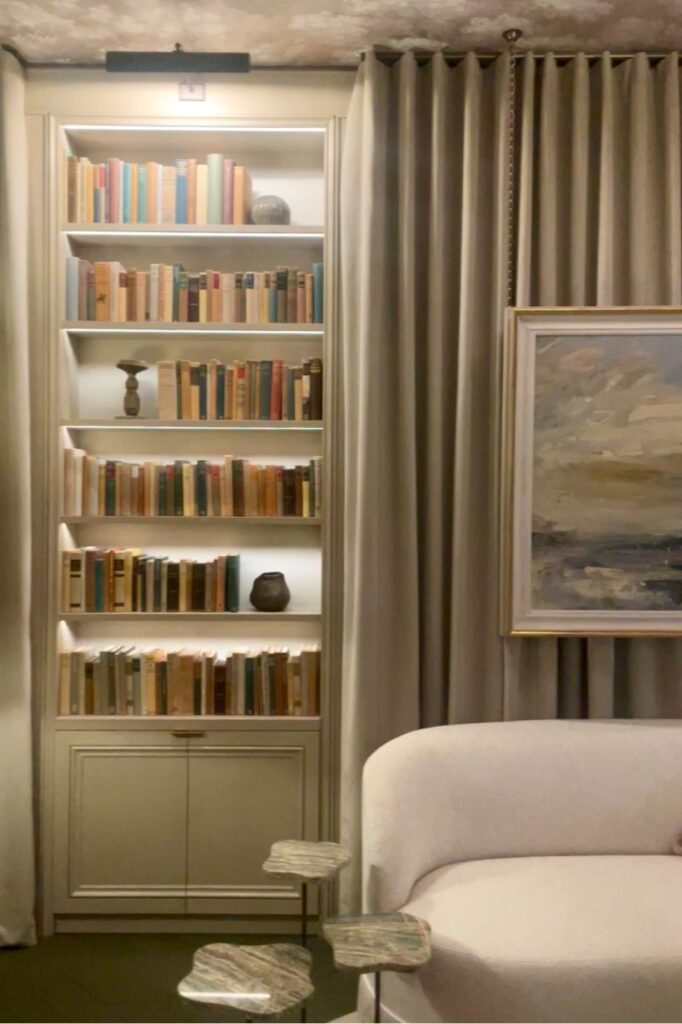
Wall drape features – Chase Erwin- Library- Andrea Benedettini
Even as we took our first steps into the Zoffany Entrance Hall by Benedict Foley, we were greeted by an abundance of fabric, drapes, and swagged cushioning. This continued as we moved deeper into the spaces; stunning arches in the Tissus d’Helene Drawing Room by Guy Goodfellow, curved sofas (Sitting Room, Sophie Ashby United in Design), curved headboards (Zimmer + Rohde Bedroom Suite by Tolù Adẹ̀kọ́), and even curved showers (House of Rohl, Primary Bathroom by Michaelis Boyd). All finding creative ways to break up the box and soften the space.
Already, the high street market has numerous options for our curve-loving furniture needs, and you won’t need to look far to incorporate pieces into your scheme.

If you wish to add arches into your construction, note this will incur additional cost compared to the standard linear designs but the look can be easily achieved in bespoke joinery details with great effect.
Swags also require more material and thus more cost, but you don’t have to go for floor-to-ceiling, wall to wall drapery as seen in the Wow House. Pick a key window vista and make a statement.
Tissus D’ Helene – Drawing Room – Guy Goodfellow
Patterns & Checks
The Schumacher Courtyard Bedroom by Veere Grenney Associates was one of the standout rooms for me. Wall-to-wall brown Woodman Check, showing a use of pattern with minimal serenity and elegance.
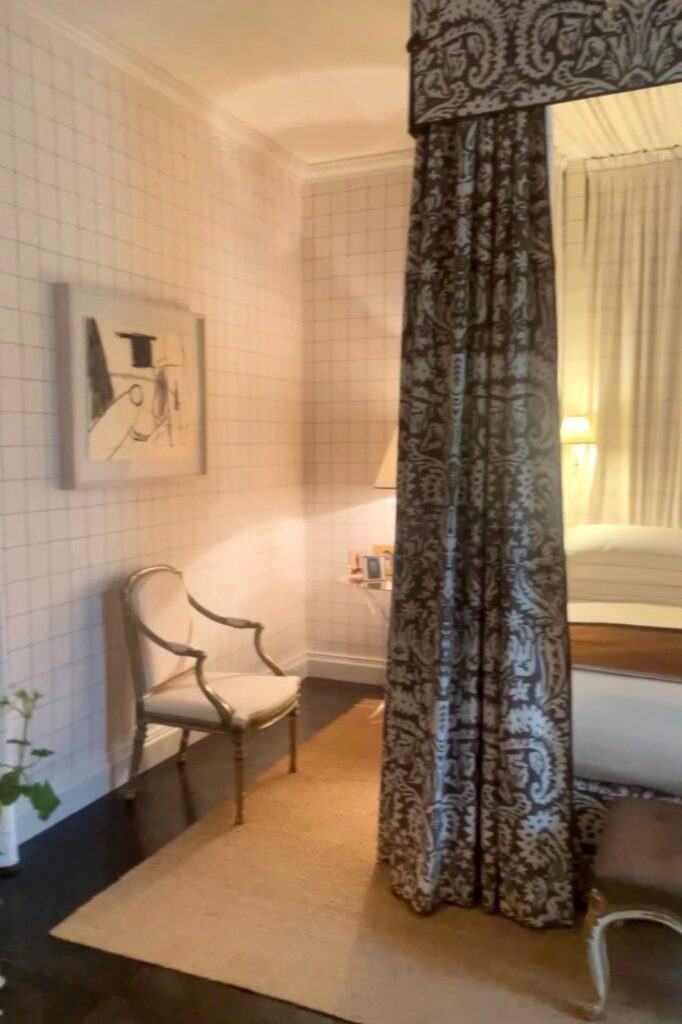
The House of Rohl bathroom again one of my favourite spaces, used a simple neutral check tile pattern on the floor. By zoning areas in different size formats and finishes, Michaelis Boyd created subtle variation in the space by playing scale. Such a simple yet effective ways to add pattern and interest.
Of course, Wow House also offered more overt uses of pattern and texture. Watts 1874 Legend Room by Alidad was thrill the maximalists with various wallcoverings and Gothic and Renaissance inspired tapestries and furniture.
Schumacher- Courtyard Bedroom – Verre Grenney Associates
The House of Rohl bathroom again one of my favourite spaces, used a simple neutral check tile pattern on the floor. By zoning areas in different size formats and finishes, Michaelis Boyd created subtle variation in the space by playing scale. Such a simple yet effective ways to add pattern and interest.
Of course, Wow House also offered more overt uses of pattern and texture. Watts 1874 Legend Room by Alidad was thrill the maximalists with various wallcoverings and Gothic and Renaissance inspired tapestries and furniture.
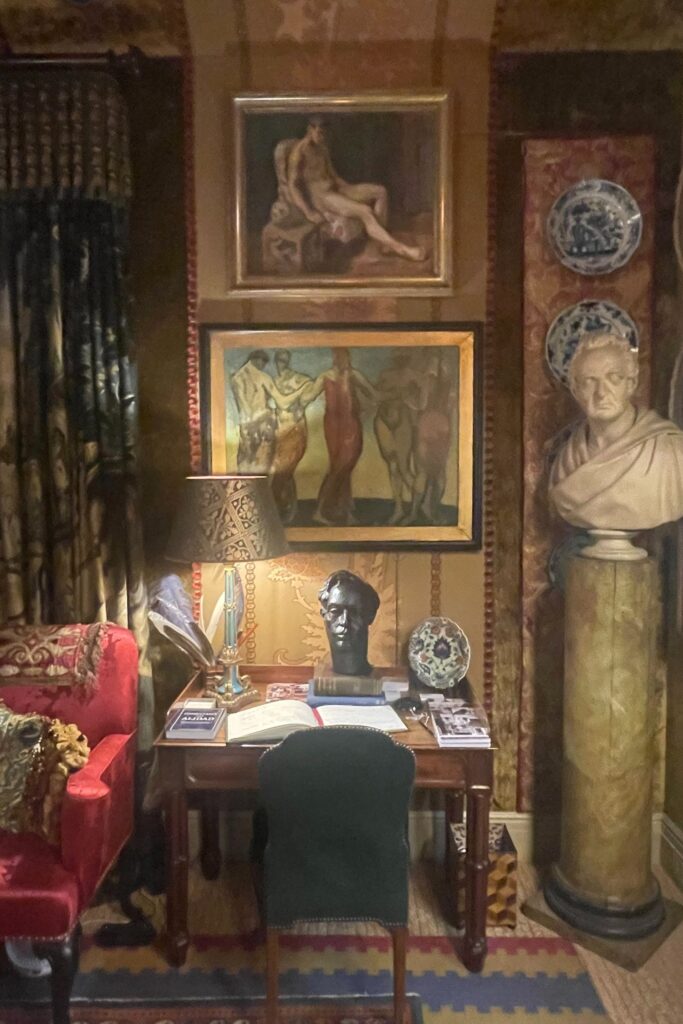
Take away: with pattern you can go all out but you can also use simple pattern repeats with minor variations to bring a calming effect whilst still adding interest.
When, introducing pattern it does not need to be limited to fabrics and draperies. Floors, walls, and ceilings are all opportunities to bring in interest and add depth to your home
Watts 1884- Legend Room – Alidad
Work Spaces
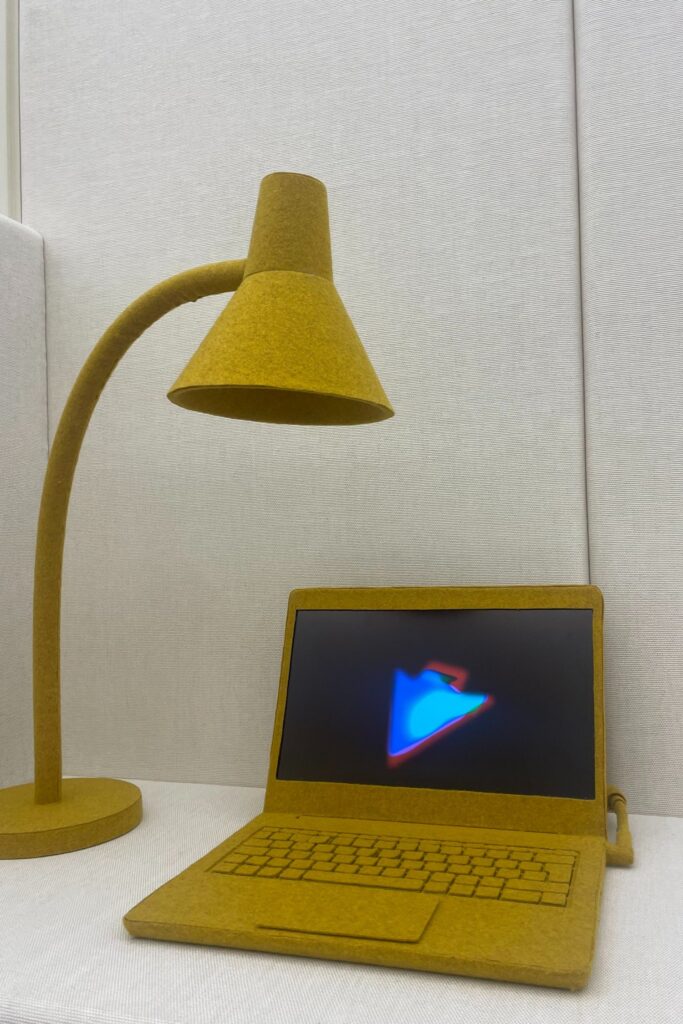
The Studio for Dadar- Fosbury Architecture
Another thing noted was that across many of the spaces designers considered the installation of workspaces and desks within their Wow House rooms.
From formal to modern styles, the need for a dedicated space to write and create outside of the office has become a prominent feature.
Multi-zoning our rooms for work, rest, and play has become pretty common if not standard in recent residential design and it was reflected here in the various rooms, from bedrooms to sitting rooms. This trend underscores the importance of versatile living spaces that cater to our increasingly multifaceted lifestyles.
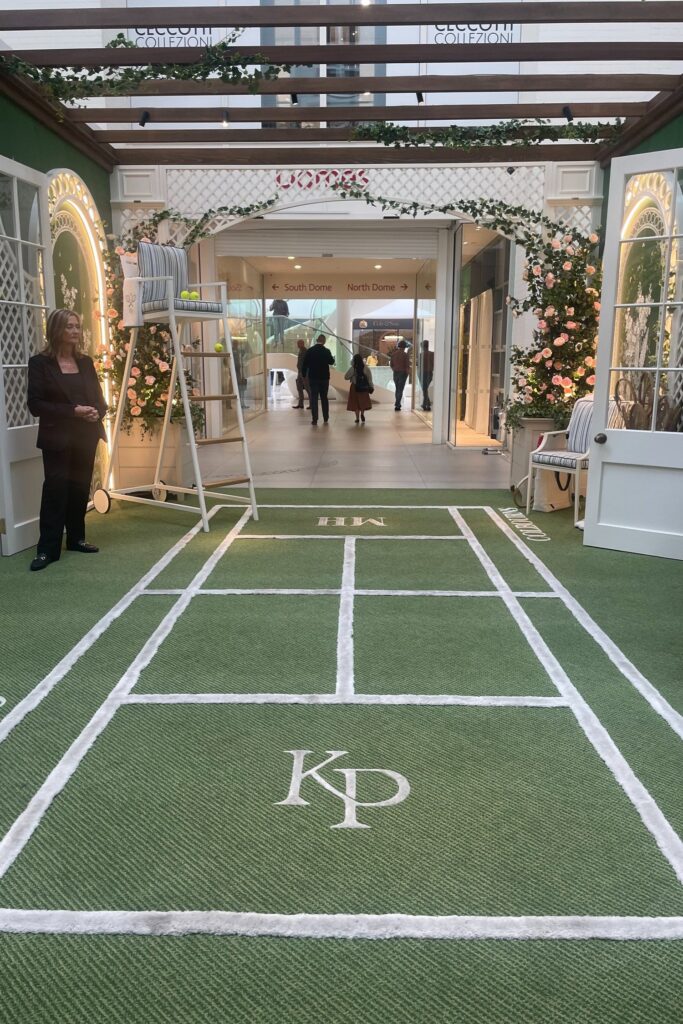
Mckinnon & Harris Courtyard- Katharine Pooley
The Wow House 2024 offered a wealth of ideas and inspiration, demonstrating Interior Design as both art and craft, with countless takeaways for both professional designers and homeowners alike. Above are just some of the trends and principles I spotted that may help you create spaces that are not only functional but also brimming with personality and style.
Wow House was open to the public at the Design Centre in Chelsea Harbour from 4th June to 4th July 2024. for more details on the exhibition and designers involved visit https://www.dcch.co.uk/wowhouse/
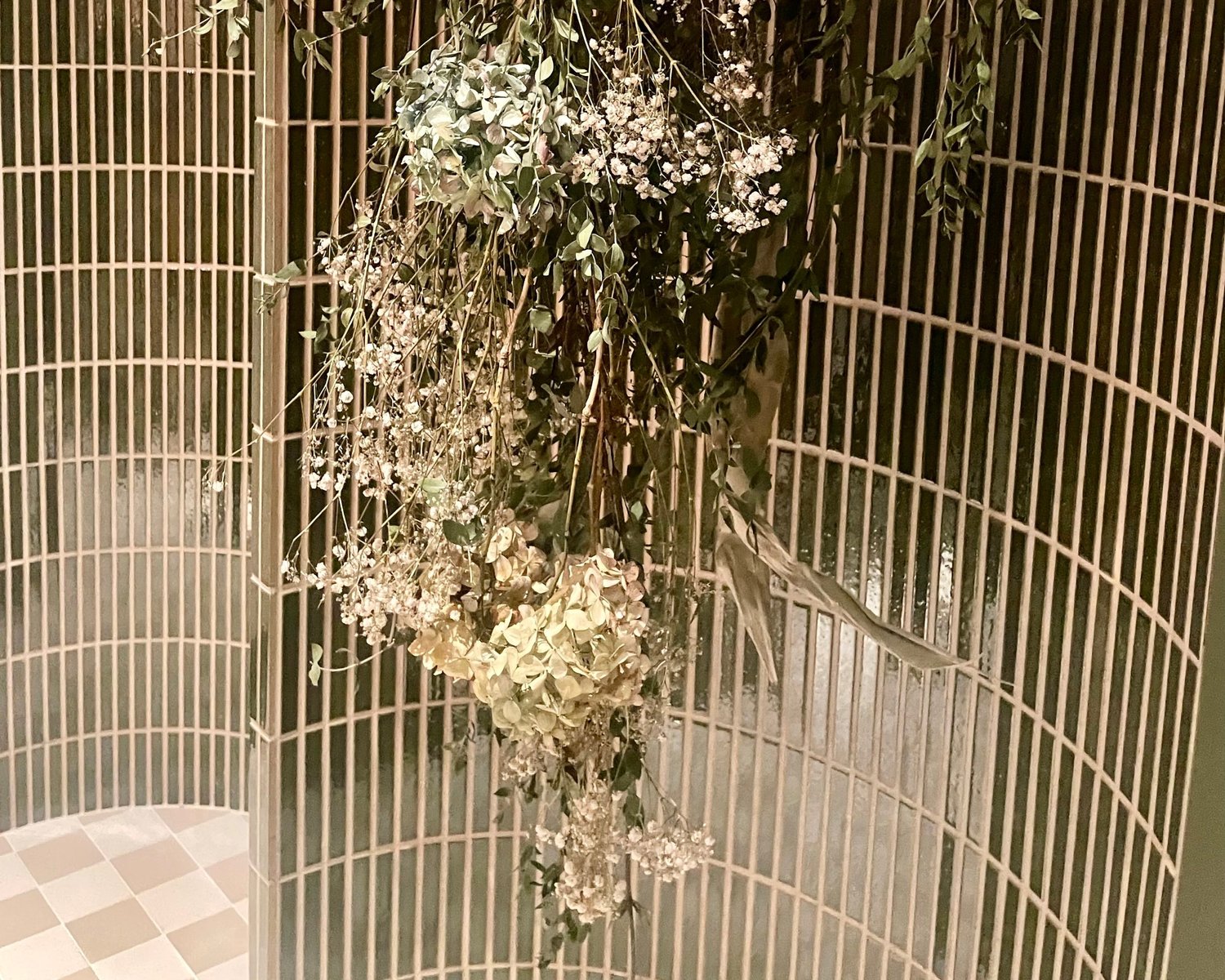



Recent Comments